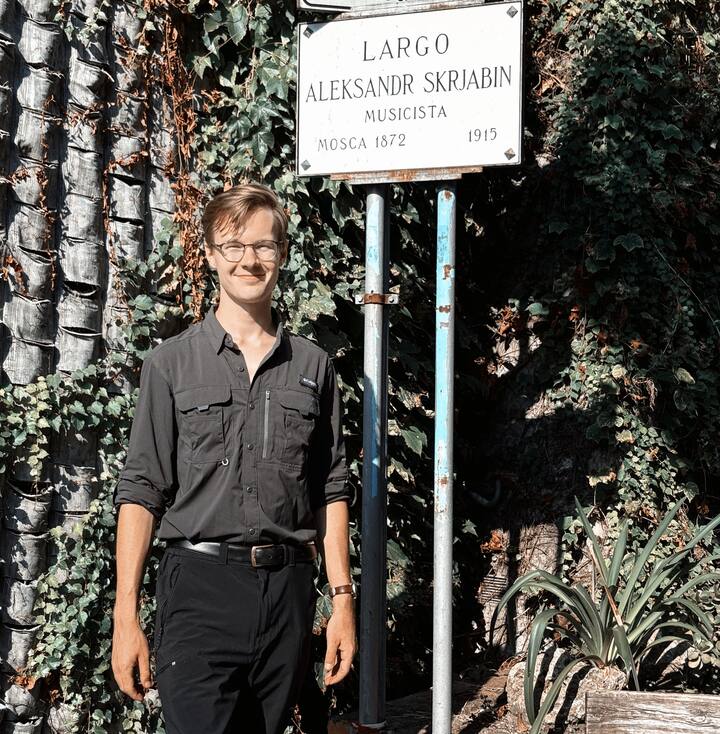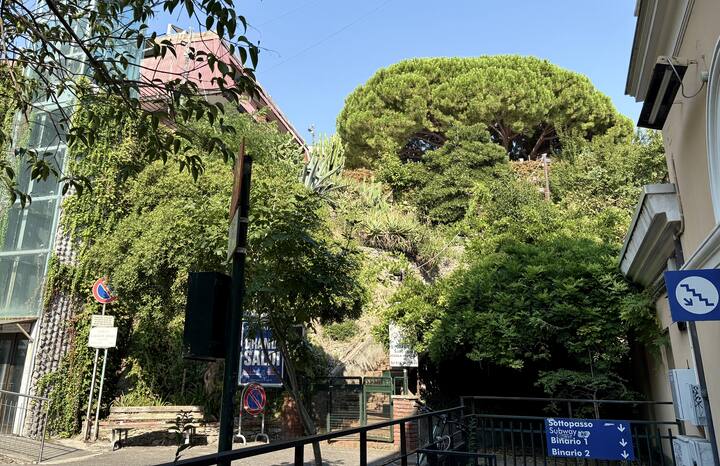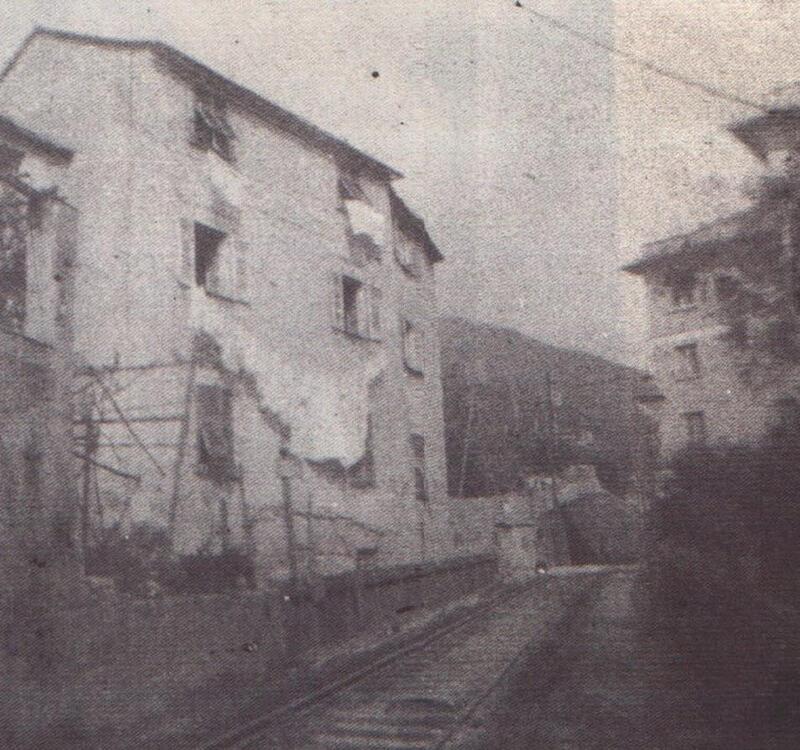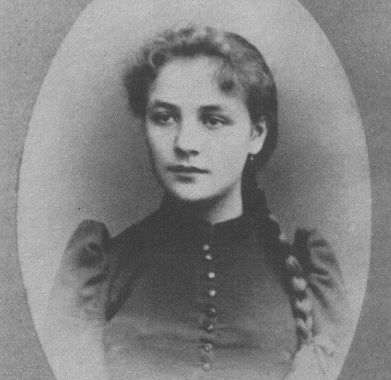Finding Traces of Scriabin in Bogliasco, Italy
A travel report by Martin Kaptein
Combining business with leisure is something artists arguably do for a living - either way, in the summer of 2025, I ended up in the vicinity of Genoa, Italy.
In the summer of 1905, Alexander Scriabin ended up in Italy near Genoa.1 Specifically, he stayed with Tatyana Schloezer in the beautiful town of Bogliasco, where he composed The Poem of Ecstasy (while reading H. P. Blavatsky).2
Location
The Bowers biography offers a precise description of the place in Bogliasco:
The house belonged to Signora Maria Canessa.
The address: Via Avanazini 38, presso la stazione (near the station).Bowers. Scriabin. 1996, p. 73.
While the Bowers biography then proceeds to mention that “…it is now a tourist attraction with festivals of Scriabin’s music,” I found that unfortunately not to be exactly the case anymore in the summer of 2025.
After consulting several other sources, including a notice of the opening of a theatre as well as a historic archive of Bogliasco, it was quite easy to locate the spot: I was very happy to find a sign on the side of the street marking the approximate place where the house once stood.

The exact (DMS) coordinates of the sign are: 44°22'45.72"N 9°03'58.5"E.
In decimal degrees those are: 44.379367, 9.06625.
The closest street address is: 110, Via Aurelia, Bogliasco, Genoa, Liguria, 16167, Italy.

His house would probably have been situated a little closer to the rail (on the right side of the picture).
On the following website, I found the following picture, which shows Scriabin’s house. It was demolished in 1916 (one year after his death) to make way for a parallel train track:

This aligns with the appalling conditions described in the Bowers biography:
The Scriabins lived in a squalid, three-room apartment on the top floor of what was really a hot, miserable little house.
…
Immediately behind were railroad tracks for the beach trains. As loads of swimmers arrived in Bogliasco hourly, the house shivered and shook, the rooms clouded up with dense, black smoke and gritty cinders.Bowers. Scriabin. 1996, p. 73.
That said, Tatyana enjoyed Bogliasco, which is a charming place indeed.
A personal recommendation of mine would be to take the short walk towards the sea (which Scriabin must have doubtless taken numerous times) and perhaps look inside the no less charming Chiesa Natività di Maria Santissima.
Future Proposals
So why do I think it is important and useful to retrace the steps of Scriabin?
Because exploring those places offers us a deeper insight into the life of Scriabin - his way of thinking, and what he saw when he composed The Poem of Ecstasy.
But this process also gives us an opportunity to set up a renewed effort to promote Scriabin’s art all over the world. These special places provide a reason to open up a deeper dialogue about music, culture, and the meaning of life.
Concerts could take place at those spots, and with enough financial stability, we could organize group travel and other cultural projects there.
I see these as opportunities for reviving Scriabin-related activities in the region. In this context, collaboration with, for example, the Centro Italiano Studi Skrjabiniani would be both feasible and desirable.
